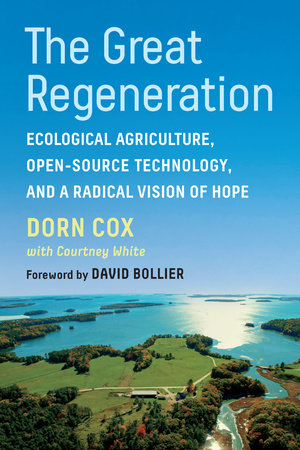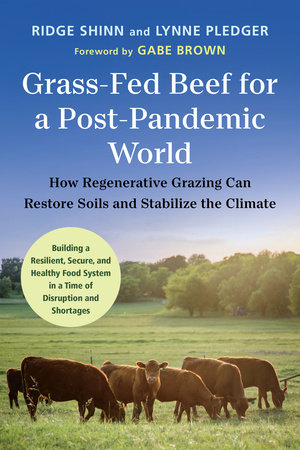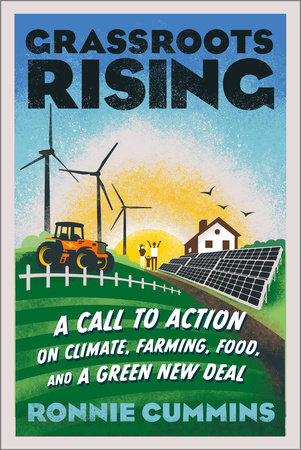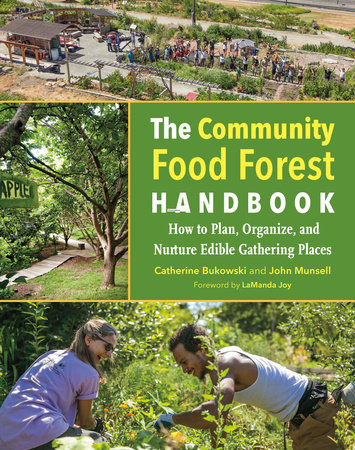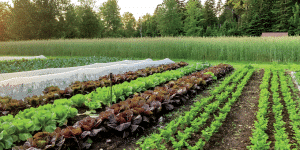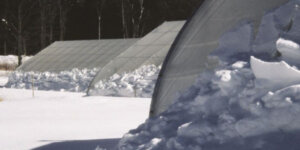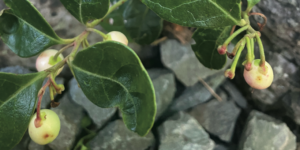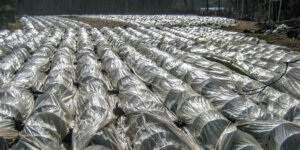Open-Source Agriculture: “Hacking” the Farming Industry
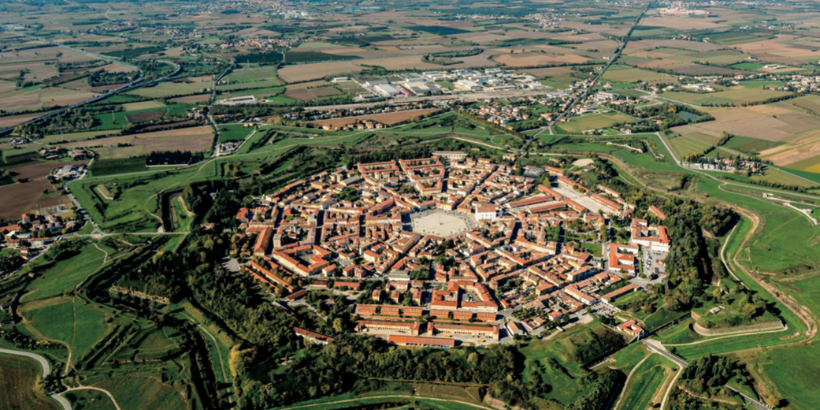
Whether we like it or not, technology is quickly evolving and continues to be an integral part of our everyday lives. This leaves us with a choice: we can either allow ourselves to be dominated by this new technology, or we can harness its potential and use it to understand and improve our shared environment. In the interest of harnessing this potential, Farm Hack was born. Farm Hack is a community of individuals interested in developing and sharing tools for open-source agriculture. Not only does this collaboration make farming easier, but it has the potential to drastically improve our environment and the world we live in.
Unless otherwise noted, all photographs copyright © 2023 by Dorn Cox.
The following is an excerpt from The Great Regeneration by Dorn Cox with Courtney White. It has been adapted for the web.
Open-Source Agriculture: Farm Hack’s Beginnings
The early gatherings of Farm Hack, convened through the MIT D-Lab (the D is for Development) in Cambridge, Massachusetts, sprouted from the simple observation that managing our environment is a public science and a shared human endeavor that requires large-scale collaboration. My connection with Farm Hack started with conversations with Severine Fleming and with the newly formed National Young Farmers Coalition (NYFC), a nonprofit organization founded in 2010 in New York. Inspired by the lack of tools to serve the needs of an emerging young farmer movement, we wanted to manifest and test what an “Open-Source Community for a Resilient Agriculture” might look like. In 2011, the idea evolved from initial design sessions at MIT that brought together farmers, software engineers, roboticists, designers, artists, and food-system leaders into an online platform with the goal of documenting, sharing, improving, and fabricating farm tools. Little did we know at the time, the deep history of agrarian development theory that we were tapping into had been artfully articulated more than sixty years earlier by renowned Indian economists, including Samar Ranjan Sen (who likely also inspired E. F. Schumacher’s Small Is Beautiful).
The contemporary update of these concepts was sparked by the successful growth of other open-source software communities such as Drupal, which were beginning to dominate certain types of web publishing. The community then began building on the capabilities of these existing open platforms to generate cross-referenced wiki-type articles and “how-to” information involving designs from around the world. The first set of tools to be documented represented the interests and needs of the users and included a wide range of small-scale manufacturing tools, small axial-flow combine harvesters from India and China, newly designed pedal-powered root washers, manufacturing blueprints for small-scale grain-hulling machines, greenhouse automation systems, soil-carbon measurement devices, and low-cost balloon-mounted camera setups.
“Hacking” the Farming Industry
When I first connected with Farm Hack, I had just been introduced to open-source hardware through the online biodiesel community and was partway through documenting a self-contained mobile biodiesel processor that I was fabricating. I was actively thinking through how I might best document and share the results and collaborate with a wider community. The biodiesel processor became the first tool I documented, and this project launched me into a new line of thinking about sharing and abundance, which also linked me to global postcolonial development efforts that aimed to create agrarian prosperity without dependency or debt. These ideas harkened back to my childhood bookshelves and dinner table conversations in New England and were now manifesting themselves in new and exciting ways. Farm Hack emerged as a central driving part of my identity from that point forward.
The word hack comes from the tech communities at the time and predates its current, more ubiquitous use. We employed it as a kind of subversive repurposing, with the goal of taking control of one’s destiny. A hack is an unusual assembly of available components. A component or module is a discrete portion of a tool that has a particular function. Components can be assembled in different combinations to create hacks or tools. The larger the library of components, the more “genetic” diversity to choose from when creating new tools or hacks to address a particular challenge. A hack is an individual effort and creates an isolated workable solution. It is the basis for empowerment and innovation using global knowledge and local production. A tool is any workable hack that has been tested and replicated over time and by other parties. A tool can be a physical object, method, or framework that can be documented (software, for example). And a hackathon is a sustained effort to produce them.
Connecting Through Creativity
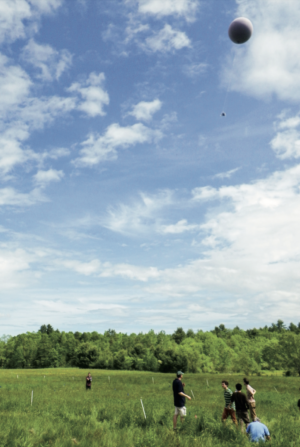
A Public Lab balloon is prepared to carry a camera over research plots, enabling us to elevate our perspective as part of a new public observatory.
Soon after its founding, the Farm Hack community grew rapidly and began generating a flurry of creative solutions through dozens of hackathons hosted in farms, grange halls, and makerspaces across the United States. These efforts built on the energy and passion of young farmers connected informally through groups like the Greenhorns and the National Young Farmers Coalition, as well as through open-source technology net- works sparked by the initial MIT event. Even from the first event, there were connections to other related international projects such as the French effort called L’Atelier Paysan, which tied back to FAO agrarian development theory and focused on knowledge and small-scale technology as a path to independence for the developing world. Now these combined efforts de-eloping local technology and manufacturing capacity were being applied to foster local food economies in the developed world, too.
The first participants of Farm Hack events were not only farmers but people with common interests who had started to make the connection that improving agriculture is a shared human endeavor. The participants continued to find common ground between engineers, roboticists, designers, architects, fabricators, tinkerers, programmers, and hackers, as well as every- one participating in the wider food system. The work of Farm Hack was based on the idea that agricultural interests are a collective effort; that if we could provide a place to organize and exchange, then the ideas, inspiration, and reciprocity would flow from there. From the beginning, it was never a requirement for participants to have a farm or specialized skills to join the forum or attend an event. Farm Hack is a participatory and cumulative project that is only as strong as the exchange of ideas that flow from interactions, online or offline. And strong it is because, as we will see, Farm Hack formed the foundation of later, larger-scale efforts such as OpenTEAM.
The 9 Principles of Farm Hack
Nine principles emerged from the early Farm Hack events that have continued to be applied to agricultural questions and design principles:
- BIOLOGY BEFORE STEEL AND DIESEL: Approach problems by using biological systems that improve soil health—such as practices like cover cropping, mulching, crop, or animal rotations. Look to nature and tradition.
- HOLISTIC APPROACH: Ask, does this tool make me enjoy working with it as much as getting the job done faster?
- UNIVERSALITY: Whenever possible, use standardized components, mea- surements, and systems to allow easier replication and alteration.
- TRANSPARENCY: Functional components are clearly laid out and their pur- pose is clear.
- MODULARITY: Functions can be removed and replaced without reengi- neering the entire tool. Tool function can be changed by adding or subtracting parts.
- ADAPTABILITY: Tools can be used for many functions and can be changed for new functions easily.
- DESIGN FOR DISASSEMBLY: If welded, make the joint easy to access. Don’t hide bolts, bearings, or belts. Design belt and chain tensioners to have enough play to enable easy removal.
- REPLICABILITY: Is it well documented? Can it be manufactured locally? Could this part be re-created in a farm shop in a small town? Does it use common-dimension materials (for example, design for welded and machined parts rather than castings)? Does it use off-the-shelf or commonly available components or components that are or can be repurposed? Can a more easily sourced part do the job as well?
- AFFORDABILITY: Is this design more affordable to build than a conventional/ proprietary alternative, while still being durable and high quality?
These rules of thumb emerged at a similar time as the FAIR data principles (Findable, Accessible, Interoperable, Reusable) promoted by organizations such as GODAN (Global Open Data for Agriculture and Nutrition). FAIR principles encourage institutions to serve and share knowledge rather than to follow the usual route of locking knowledge up in obscure journals or inaccessible scientific articles. FAIR principles have subsequently been adapted as the CARE Principles for Indigenous Data Governance (Collective Benefit, Authority to Control, Responsibility, Ethics) were drafted in response to the UN Declaration on the Rights of Indigenous Peoples (UNDRIP), which reaffirms Indigenous rights to self-governance and authority to control their cultural heritage, and which is embedded in their languages, knowledge, practices, technologies, natural resources, and territories. FAIR and CARE principles taken together embody the tension between collaboration and sovereignty, and contradictions of creating greater mutually dependent independence.
Contributing to the Community
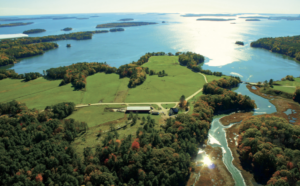
Wolfe’s Neck Center for Agriculture and the Environment creates a carbon foot-path, an experiential learning landscape that spans human management of natural systems.
By posting a design on Farm Hack, users are able to gain the experience of committing and contributing to open-source knowledge licensing. This means that a user’s tool pages are accessible and editable by any other member of the community and can be freely built upon and shared by default using the Creative Commons license. This open approach is a direct contrast with the way the vast majority of commercial agricultural tools were being built at the time in 2011. Most often companies invest money in research and development and license their designs in a way that does not allow others to replicate it, or even know how it is made. In contrast, Farm Hack was an early open-source community that tested what a process might look like where everyone benefits from freely sharing knowledge.
From the beginning, Farm Hack operated as a community, a civically informed and independent citizenry working together toward the common good. What could generate more independence than the ability to understand and improve our agroecosystems in order to feed and fuel ourselves without reliance on proprietary interests? Farm Hack, at its core, was based on an idea about how communities can translate and share questions and knowledge through both conversations online and in person. It was a test of the core belief that we all become better farmers and better citizens when we work together. The politics of the tools created by Farm Hack focus on parts of the technical ecosystem that can be distributed, created, and man- aged locally rather than on the things needed to be purchased to achieve more independence.
Farm Hack: Fighting for Our Future
In organizing the first Farm Hack events, it became clear that the collaborative, rather than the competitive, approach is not a battle that can be won but an ongoing endeavor of continual improvement. It is a process that is accelerated through generations of accumulated knowledge and continual improvement, first in our understanding of the environment and then in our ability to produce regenerative outcomes. A key from the beginning of Farm Hack’s exploration was the idea that community was created both online and in person, and that to scale community we must each be able to extend and share conversations beyond the local coffee shop.
Farm Hack aimed to test the idea that to nurture the development, documentation, and manufacture of farm tools for resilient agriculture it would be important to also build a community of collaboration with like-minded organizations. Farm Hack struck the spark for a self-governing community that builds its own capacity and content, rather than following a traditional cycle of raising money to fund top-down knowledge generation and guide- book writing. As exciting as it was for me to have found the community I had been looking for, it was also clear that we were still in a nascent stage of development in our scope and complexity. In other words, Farm Hack was a prototype for a particular kind of knowledge utility. It illustrated the belief that greater knowledge sharing will lead to better tools, skills, and systems to build successful, resilient farms. It was a reaffirmation of the agrarian idea that open-sourcing seeds, breeds, and technology is the fastest way to accel- erate innovation and adaptation as well as to ensure an equitable, diverse agricultural landscape.
Farm Hack illustrated that people can be motivated and inspired by documenting, sharing, and improving farm tools. It was clear that there was power in the idea that together we can improve the productivity and viability of sustainable farming and local manufacturing, especially when we share the goals of healthy land, abundant food, successful farm businesses, and invigorated local economies.
Recommended Reads
Open-Source Systems: How Communities Can Help Promote Regenerative Agriculture
Recent Articles
No heated greenhouse? No problem! Discover the secrets to thriving winter gardening without breaking the bank.
Read MoreWintergreen is the stunning evergreen groundcover that’s a game-changer for your garden! It’s cherished for its aromatic leaves, vibrant fall color & bright berries.
Read MoreYear-round growth without the hefty price tag of a greenhouse? Low tunnels are the cost-effective and flexible solution you’ve been looking for. Grow year-round with low tunnels!
Read MoreGrow winter carrots for a sweeter & more flavorful harvest! Ditch the bland, store-bought carrots this winter! Grow your own winter carrots for a sweeter and more flavorful twist 🥕🥕
Read More

